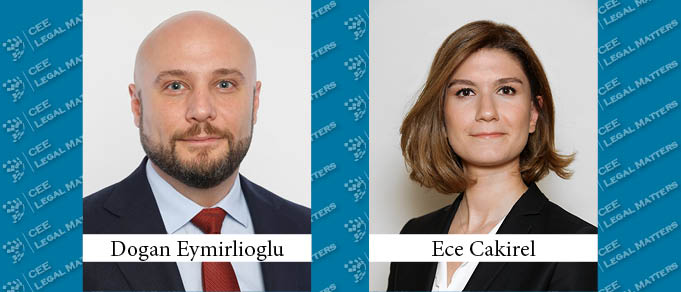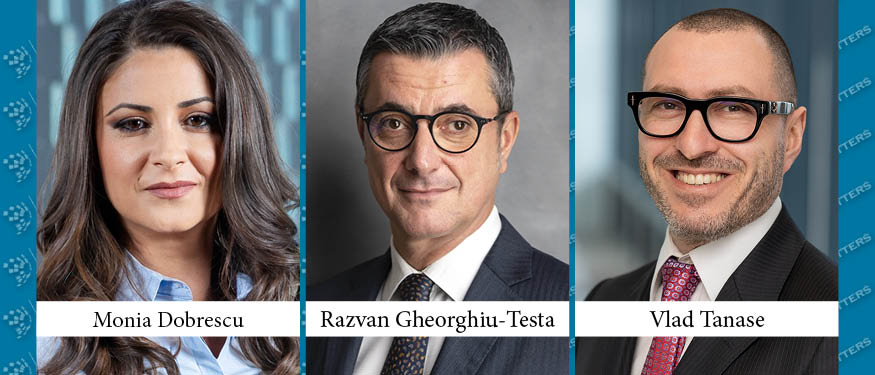For the past decade, to boost its long-term economic outlook and service the needs of the growing population, Turkey has used the public-private partnership model extensively in the infrastructure sector.
Whilst the country has, to some extent, cut back on its regionally leading pipeline of mega-projects, there are ongoing plans to commission two new major schemes: Canal Istanbul and the Gebze-Halkali Railroad, along with a part of its investment plan legislation foreseeing municipalities’ water, wastewater, and solid waste facilities being operated by the private sector on a PPP basis.
Currency Crisis, Pandemic, and Everything After – The Perfect Storm
Whereas PPPs significantly contributed to Turkey’s economy and infrastructure, stability was adversely impacted for all parties by wider economic events in recent times. Just a few years after multiple megaprojects’ commencement, based on state volume and demand guarantees, calculated with forex assumptions, the Turkish lira faced a currency crisis, followed by the pandemic, and now the Russia-Ukraine war. The social results of the crises unavoidably impact the future of the projects and financing.
The market has expectations of adopting new regulations to apply to future projects for increased certainty in PPP investments. We will soon see whether the government will work on it or instead let the precedents and contracts manage the terms. In terms of current projects, what we anticipate next are contractual changes to adapt them better to the new economic and social realities.
Changes in Project Duration
Term extension will be an important tool for existing projects to balance the economics to account for force majeure and other time and cost impacts of COVID-19. Usually, an extension is discussed and determined towards the end of the contract period for any event, to extend the operational period on a mutually beneficial basis but, in terms of project management, determination of such an extension at an earlier stage would be advantageous. There is opportunity for a win-win for both the public and private sectors in this respect.
Volume-Based Changes
On the impact of COVID-19 on end-user demand in live projects, given that many Turkish projects include demand guarantees from the government that sponsors and lenders can benefit from, changes in the level at which the demand guarantee takes effect may become more common. Would such changes be needed short, medium, or long term? For roads, for example, there may be some limited aversion to using public transport for a period and increased long-term home working could impact traffic volumes; for healthcare, the possible impacts of treating long-term consequences of COVID-19 (and other health conditions worsened by having gone untreated during the pandemic) may result in further increased demand in the future.
The recalibration of project economics or employing more radical changes, such as using pure availability and performance rather than demand-based payment going forward, may be among the solutions. That would generate valuable certainty for the market, as a perception emerged during the crisis that purely or primarily availability-based contractual arrangements for energy, transport, and infrastructure assets have proven more robust.
Changes in Scope
On completed projects, design and O&M specifications and even national regulatory standards may need to be changed – to account for social distancing requirements in project delivery or consumer use of project assets – and the increased capacity likely needed would have to be accounted for through a contractual change process on those projects.
Any Change in Services?
These changes are likely to be an issue in healthcare projects, including changes in functionality, capacity, or service specification, and will be a test of how flexibly PPP facilities have been designed to cope with large-scale systemic health problems. But it seems clear that the Turkish health infrastructure – including a massive recent program of project-financed major hospitals – has proven robust and vindicated the focus over many years on those projects.
PPPs, which have played a major role in Turkey for many years, will remain important due to the country’s pressing development needs, but we are likely to see changes in how such projects are delivered. Nevertheless, the Turkish model remains an influential one regionally, with particular benefits to Turkish project developers who honed their approaches in their domestic environment and are now positioned to export those skills regionally.
By Dogan Eymirlioglu, Partner, and Ece Cakirel, Senior Associate, Balcioglu Selcuk Ardiyok Keki Attorney Partnership
This Article was originally published in Issue 9.4 of the CEE Legal Matters Magazine. If you would like to receive a hard copy of the magazine, you can subscribe here.














